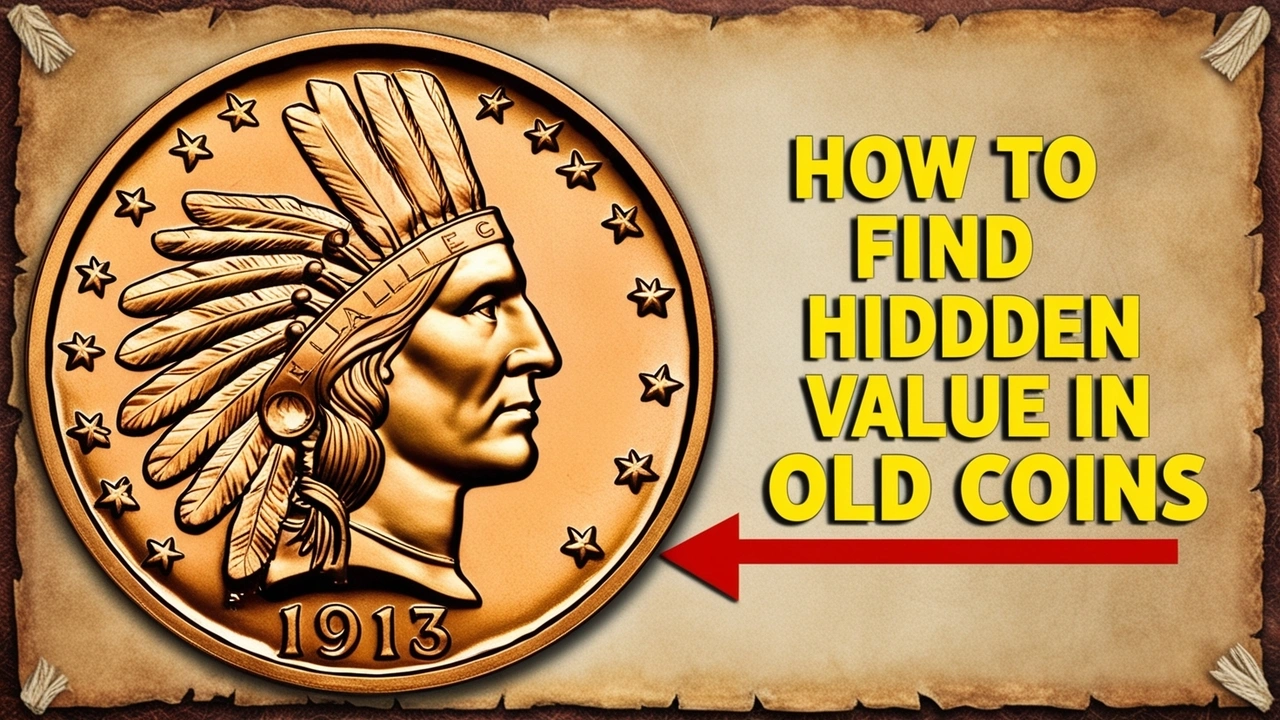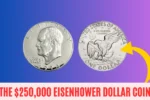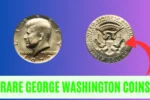Have you ever found an old coin and wondered if it might be worth more than its face value? The value of old coins isn’t just determined by their age—it often depends on unique features, minting errors, or even the materials used. For collectors and hobbyists, identifying rare coins is more than a pastime; it can be a doorway to fascinating history and sometimes even significant money.
Uncovering the value of old coins may seem overwhelming, but with the right knowledge, you can start identifying the hidden treasures in your collection. From recognizing minting errors to spotting limited edition releases, there are various factors that could transform an ordinary-looking coin into a highly coveted collector’s item. Let’s dive into the world of coin collecting and explore how you can evaluate their true worth.
Quick Overview of Key Factors
| Factor | Description | Why It Matters |
|---|---|---|
| Minting Errors | Defects like misprints, double stamping, or incorrect dates. | Collectors value these for their rarity and uniqueness. |
| Limited Editions | Coins issued in small numbers for special occasions or events. | Rare coins with historical or commemorative designs often fetch higher prices. |
| Age and Condition | The older and better preserved a coin is, the more desirable it can be. | Condition significantly impacts value; coins in mint state are highly sought after. |
| Precious Metals | Coins containing silver, gold, or other valuable materials. | Coins minted before 1965 often contain high silver content, increasing their intrinsic worth. |
| Mint Marks | Symbols indicating where the coin was made, such as “D” for Denver or “S” for San Francisco. | Some mint marks are linked to limited runs, adding rarity to the coin. |
What Makes a Coin Valuable?
1. Minting Errors Add Unique Appeal
Mistakes during production, known as minting errors, are among the most prized features of a coin. These defects are unintentional, but they make each coin unique. Some common minting errors include:
- Double Impressions: Where the design is stamped twice, creating a ghostly image.
- Misaligned or Off-Center Designs: Where the edge or key features are cut off.
- Incorrect Dates or Missing Elements: Which make the coin a one-of-a-kind anomaly.
Collectors actively seek out coins with these types of errors because they stand out from standard coins. Be sure to closely examine your coins with a magnifying glass or smartphone macro lens to spot these details.
2. Limited Editions and Commemorative Coins
Specially minted coins for anniversaries, events, or limited runs are often highly sought after. Coins with low production numbers, unique designs, or historical significance can fetch a high value.
For example, coins issued for a particular centennial or cultural event often become collector’s favorites. Look for special engravings or markings that indicate the coin was part of a limited edition.
How to Spot Rare Coins in Everyday Change
1. Inspect Physical Details
Start by looking at the coin’s date, design, and mint mark. Dates provide clues to the coin’s historical significance, while mint marks (small letters or symbols) indicate where it was made. Certain mint marks, like “CC” for Carson City, are rarer and thus more valuable.
2. Use Coin Catalogs and Online Tools
Research is essential. Cross-check your coin against reputable coin catalogs or online resources. These tools help you identify whether your coin matches a rare edition or has features that collectors desire.
3. Evaluate Age and Condition
While age plays a role, the condition of the coin often makes a more significant difference. Coins that are well-preserved, with sharp details and no scratches, are far more attractive to buyers than worn-down pieces. Store your coins in coin holders or cases to prevent damage and avoid touching them with bare hands.
4. Check for Precious Metal Content
Coins minted before 1965 often contain high amounts of silver, increasing their intrinsic value. For example, U.S. quarters, dimes, and half-dollars minted before 1965 were made with 90% silver. Similarly, certain coins were made with gold, adding worth regardless of rarity.
Two Must-Check Factors for Evaluating Coins
Mint Marks
Mint marks, such as “D” for Denver or “S” for San Francisco, indicate where the coin was produced. Some coins minted in certain locations during specific periods are rarer and more valuable. For instance, a 1909-S VDB penny is one of the most sought-after coins because of its limited production.
Commemorative Features
Many rare coins commemorate historical events or milestones, such as state quarters or bicentennial editions. These coins are valued not only for their design but also for their cultural significance.
Tips for Identifying Rare Coins
- Use Proper Tools
- Magnifying Glass: Examine fine details like engravings, errors, or mint marks.
- Scale: Weigh the coin to check for discrepancies in metal content or authenticity.
- Coin Albums: Use these to compare designs and dates.
- Research the Coin’s History The story behind a coin can increase its appeal. Find out when and why it was minted, whether it commemorates an event, or if it belongs to a limited series.
- Seek Expert Opinions If you believe a coin is valuable but are unsure of its authenticity or worth, consult a professional appraiser or coin dealer. They can provide a reliable evaluation based on current market trends.
FAQs About the Value of Old Coins
What makes a coin with a minting error valuable? Minting errors are rare because they differ from the standard coin, making them unique. Examples include double-stamped coins or misaligned designs, which are highly prized by collectors.
How do I know if my coin is made of silver or gold? Check the coin’s date and specifications in a coin catalog. Coins minted before 1965 often contain high percentages of silver, while some commemorative coins are made of gold.
Do all old coins have significant value? Not all old coins are valuable. Factors like condition, rarity, and features such as minting errors or precious metals determine a coin’s worth.
Final Thoughts
The world of coin collecting offers a fascinating mix of history, artistry, and discovery. Whether you’re a seasoned hobbyist or just beginning to explore the value of your old coins, knowing the key features to look for can help you uncover hidden treasures. From minting errors to limited editions, each coin has its own story to tell—and some can be worth far more than you think.
So, why wait? Start digging through your collection today. You never know what rare gems you might find! If you’ve found an interesting coin, share your experience in the comments and let others know about your journey.



